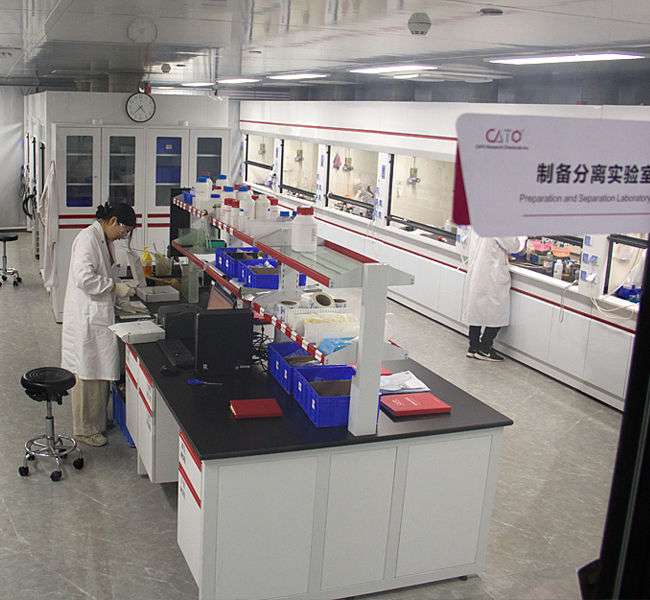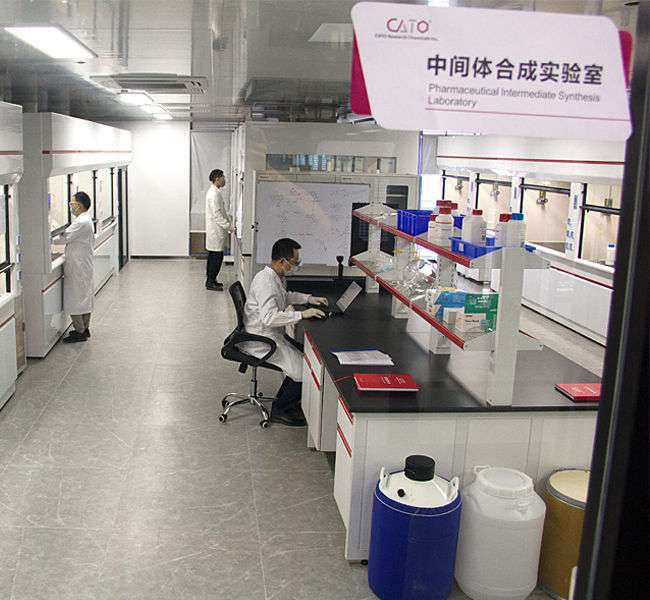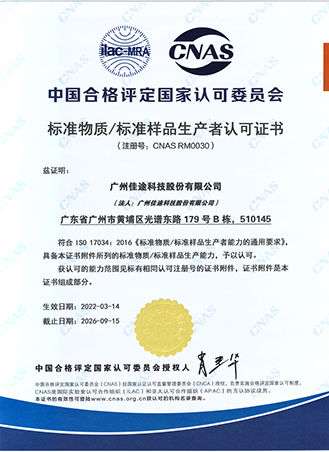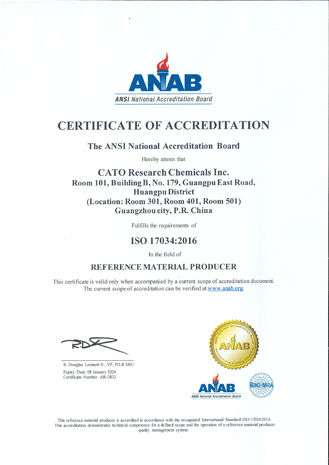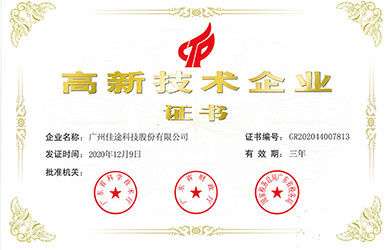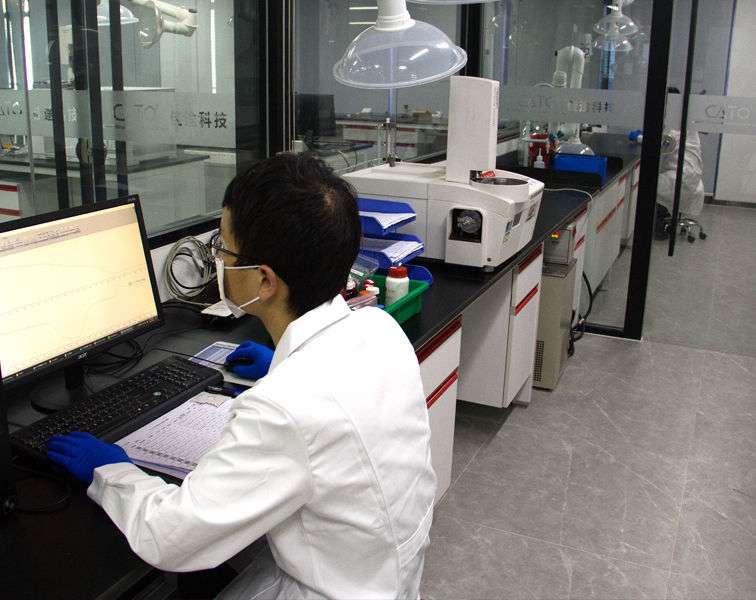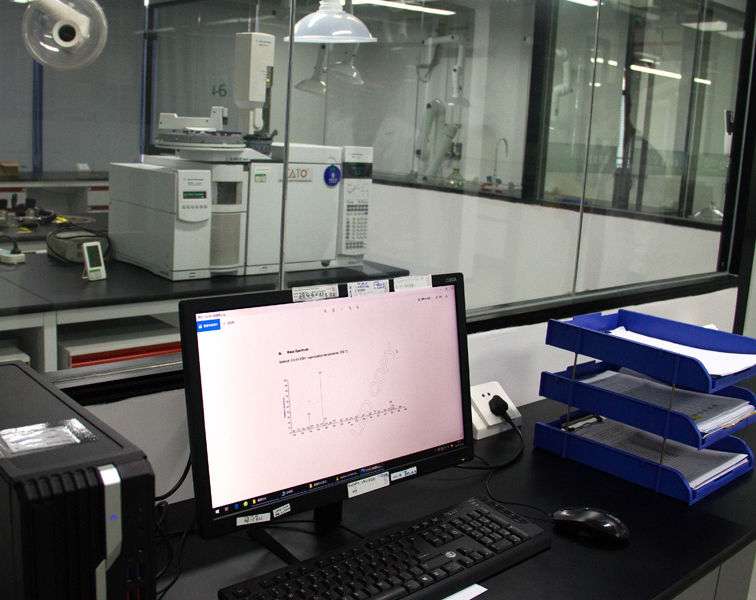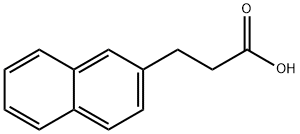3-Aminopyridine: Technical Guide, Applications, and Case Studies
Table of Contents
1. Product Overview & Specifications
3-Aminopyridine Technical Parameters
| Parameter | Specification | Competitor A | Competitor B |
|---|---|---|---|
| CAS Number | 462-08-8 | 462-08-8 | 462-08-8 |
| Purity | ≥99.5% | ≥98% | ≥97.5% |
| Melting Point | 64-66°C | 63-65°C | 62-65°C |
| Storage Conditions | 2-8°C (dry) | Ambient | Ambient |
Key Advantages: Superior thermal stability, batch-to-batch consistency (±0.3%), and ISO 9001-certified manufacturing.
2. Key Applications & Industrial Uses
Pharmaceutical Applications
- Intermediate for multiple sclerosis drugs (e.g., Fampridine)
- Neurological research compound synthesis
Chemical Manufacturing
- Catalyst component for cross-coupling reactions
- Ligand in transition metal complexes
Electronics Industry
- Precursor for organic semiconductor materials
- Coordination polymers for sensor development
3. Step-by-Step Usage Guidelines
Pharmaceutical Synthesis Protocol
- Weigh 3.2g (±0.05g) of 3-Aminopyridine under inert atmosphere
- Dissolve in anhydrous DMF (50mL) at 40°C
- Add 1.2 molar equivalents of coupling reagent
- Maintain reaction at 60-65°C for 4 hours
Catalyst Preparation
- Prepare 0.1M solution in degassed ethanol
- Add palladium acetate (molar ratio 1:1.05)
- Stir at 500rpm for 2 hours under nitrogen
4. Real-World Case Studies
Case Study 1: NeuroPharma Solutions (Switzerland)
Challenge: Improve yield of Parkinson's drug intermediate
Solution: Implemented high-purity 3-Aminopyridine in Buchwald-Hartwig reaction
Result: 22% yield increase, 98.7% HPLC purity
Case Study 2: ElectroMat Co., Ltd (South Korea)
Challenge: Develop stable organic thin-film transistors
Solution: Used 3-Aminopyridine as doping agent
Result: Achieved 15% higher electron mobility vs industry standard
5. Technical Inquiry & Support
Request custom technical specifications or bulk pricing:
| info@vivalr.com | |
| Phone | (86) 15866781826 |




